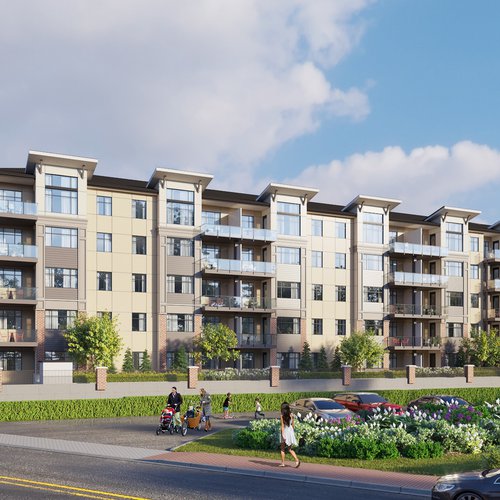Dec. 6, 2023
tags : categories: 3D Rendering , Architects
Digital rendering has altered the architectural landscape, offering an innovative approach to designing, presenting, and developing architectural projects. This technology surpasses traditional techniques in terms of efficiency, clarity, and versatility. Here, we delve into the top ten advantages that digital rendering brings to the field of architecture.
1. Enhanced Visualization
Digital rendering has revolutionized the way architects visualize their projects. It offers highly detailed visual representations of buildings, surpassing traditional blueprints and sketches. With a realistic, three-dimensional view of the building, including textures, lighting, and environmental settings, architects and clients can visualize the final product in a real-world context, facilitating a better understanding of the project.
2. Improved Client Communication
Communicating complex architectural concepts to clients, especially those without a technical background, can be challenging. Digital rendering bridges this communication gap by offering a visual language that is more intuitive and comprehensible. It presents a clear and realistic image of the proposed design, aligning client expectations with the architect's vision, thus improving client communication.
3. Efficient Design Modifications
Digital rendering offers unparalleled flexibility in making design modifications. Unlike traditional methods, which can be time-consuming and labour-intensive, digital renderings can be adjusted quickly and effortlessly. This agile ability allows architects to explore different design options and implement changes efficiently, leading to a more refined final design.
4. Cost-Effective Presentations
Digital renderings offer a cost-effective solution by eliminating the need for physical representations, such as physical models or elaborate sketches. This not only saves on materials and labour but also reduces the overall cost for both architects and their clients, making presentations cost-effective.
5. Realistic Material and Texture Representation
One of the standout features of digital rendering is the ability to incorporate realistic materials and textures into designs. It provides a more accurate depiction of how various materials will interact with light and the surrounding environment, giving a genuine sense of the building's final appearance and ambiance.
6. Integration with Building Information Modelling (BIM)
Digital rendering integrates seamlessly with Building Information Modelling (BIM), enhancing the accuracy and detail of architectural visualizations. This synergy ensures that the renderings are not only visually impressive but also technically consistent with the building's specifications and data, making it an efficient and reliable tool.
7. Enhanced Marketing and Promotion
High-quality digital renderings are used by architectural firms for marketing and promotional efforts. These visuals are showcased in brochures, websites, and presentations, helping firms to attractively and effectively showcase their projects. This boosts the project's marketability and appeal to potential clients, enhancing marketing and promotion efforts.
8. Environmental Analysis
Digital renderings can simulate environmental conditions, such as sunlight, shadows, and seasonal variations. This capability allows architects to assess the environmental impact of their designs, leading to informed decisions about aspects like building orientation, window placement, and overall energy efficiency, helping with environmental analysis.
9. Facilitated Project Approval and Permitting
Digital renderings can streamline obtaining project approvals and permits. Their realistic and clear representation of proposed projects can help to convince regulatory bodies and community stakeholders, demonstrating how the project will integrate with its environment and adhere to regulations, facilitating project approval and permitting.
10. Virtual Reality Integration
Integrating virtual reality (VR) with digital rendering marks a significant advancement. Architects can now create immersive VR experiences, enabling clients to virtually 'walk through' a model of the building. This level of immersion provides an unparalleled understanding of the space, enhancing client engagement and satisfaction, and making virtual reality integration a valuable tool.
Conclusion
Digital rendering has brought about a significant paradigm shift in architecture. It represents much more than just a technological leap, as it has transformed the way architects conceive, communicate, and refine their designs. The top ten advantages highlighted above underscore its transformative role in enhancing efficiency, communication, and creative expression in the architectural process. As digital rendering continues to evolve, it promises to unlock new possibilities and redefine the future of architectural design, making it an indispensable tool for architects.










